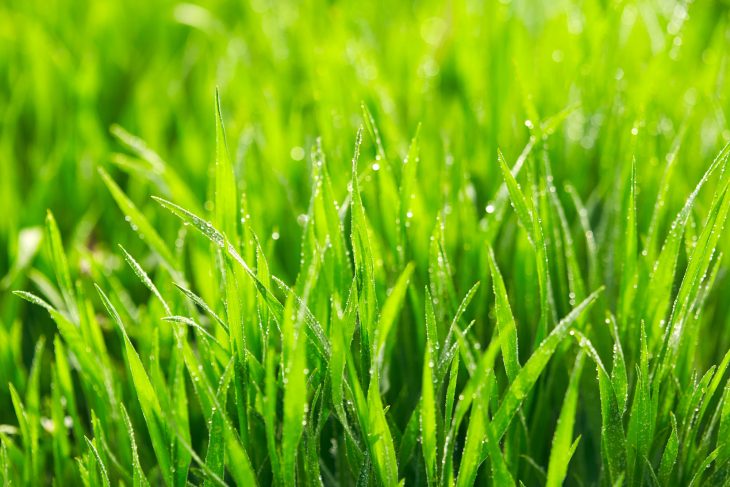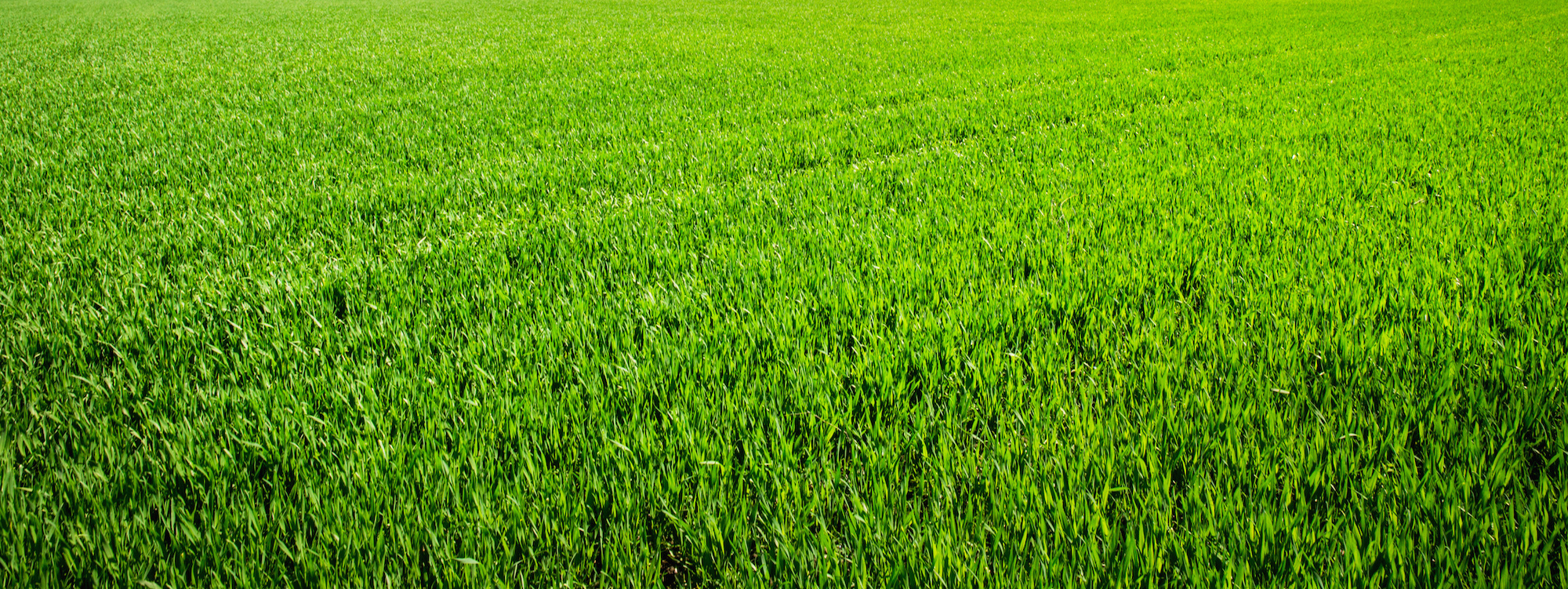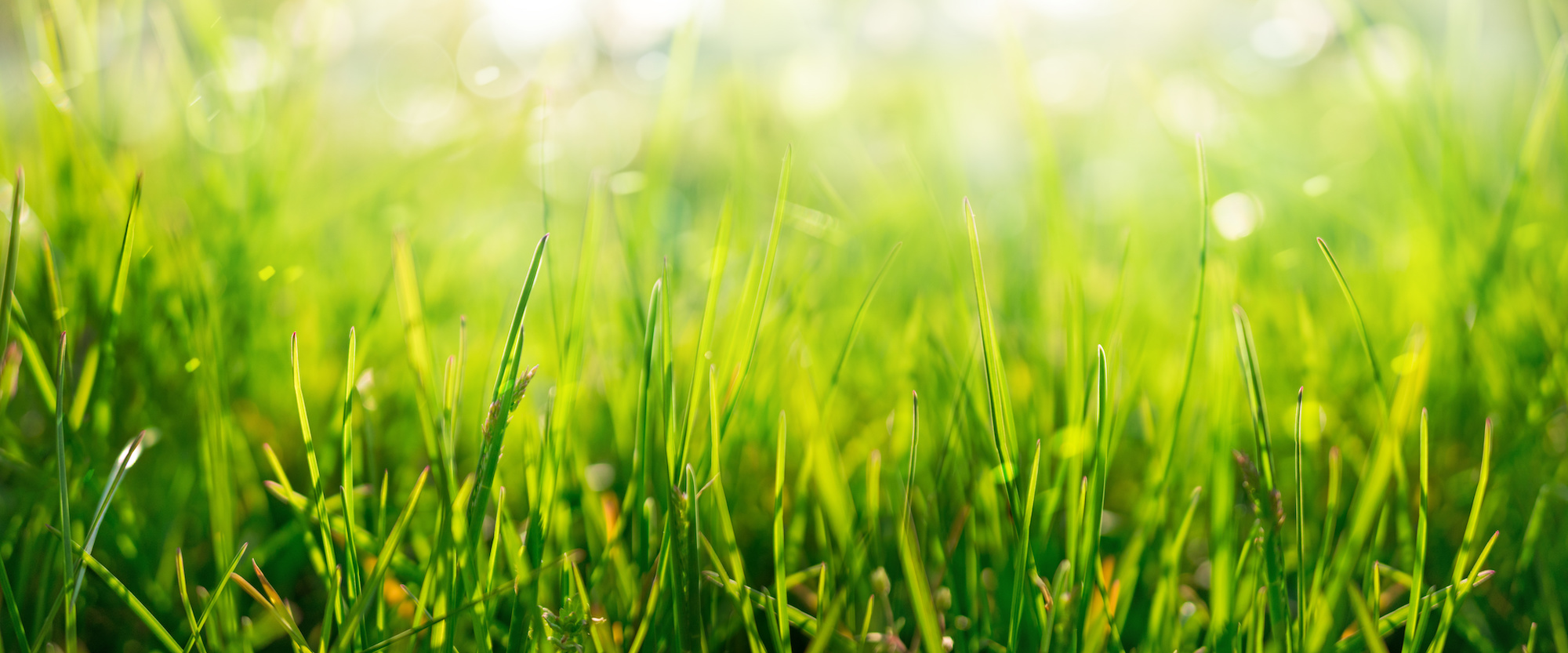
Grass: the verdant carpet beneath our feet, the sight that soothes our eyes, and the symbolic essence of tranquility. Grass might seem like the most mundane thing on Earth, but this humble green growth hides an array of intriguing facts that transform it from ordinary to extraordinary. Here are 20 facts about grass that will make you appreciate this ubiquitous plant in a whole new light.
Grass: The Global Conqueror
Perhaps the most impressive fact about grass is its ubiquity. Grasslands cover approximately 40% of the Earth’s land surface, excluding Greenland and Antarctica. From the vast savannahs of Africa to the prairies of North America, grass is a true global conqueror.
A Bounty of Species
There are over 10,000 species of grass worldwide, making it one of the most diverse plant families. Each species is uniquely adapted to thrive in its specific environment, whether it’s the hardy grasses of arid deserts or the lush species of tropical rainforests.
Ancient Origins
Grasses first appeared during the late Cretaceous period, around 66 million years ago. They co-evolved with dinosaurs, and some of the plant-eating dinosaurs likely feasted on the early species of grass.
Grass and Human Civilization
Grass has played a critical role in the advancement of human civilization. The domestication of grasses like wheat, rice, maize, oats, and barley gave rise to agriculture, which in turn led to the development of human settlements and societies.
An Ecological Champion
Grass is an ecological champion that plays a crucial role in carbon sequestration. By capturing carbon dioxide from the atmosphere and storing it in their roots and the soil, grasses help mitigate the effects of climate change.
More than Just Green
While green is the color most commonly associated with grass, this plant family exhibits a spectrum of colors. Some grass species like Japanese blood grass or blue fescue sport striking red, purple, or blue hues.

The Bamboo Connection
The tallest grass in the world is a familiar plant – bamboo. Yes, bamboo is a type of grass, and some species can grow up to 100 feet tall. Bamboo is also the fastest-growing plant, with some species growing as much as 35 inches in a day.
Grass: A Versatile Resource
Grass is a versatile resource used for a wide range of purposes – food, fodder, thatching roofs, making paper, and even producing biofuel. Certain grasses like vetiver are used in perfumery, while others like lemongrass offer medicinal properties.
A Source of Sweetness
Sugarcane, a type of grass, is the world’s largest crop by production quantity, supplying about 80% of the world’s sugar. This tropical grass is not only a sweetener but also a significant source of biofuels.
Wheatgrass and Health
Wheatgrass, derived from the young shoots of the wheat plant, is a superfood loaded with nutrients. It is rich in vitamins, minerals, antioxidants, and chlorophyll, and is often consumed as a juice for its purported health benefits.
The Lifespan of Grass
Grass plants have varying lifespans depending on their species and environment. Some grasses are annuals, completing their life cycle in one year, while others are perennials, living for many years and regrowing every spring.
The Grass that Feeds the World
Rice, a type of grass, is a staple food for more than half of the world’s population, especially in Asia. It’s not only a dietary staple but also a cultural symbol in many societies.
Teeming with Wildlife
Grasslands are biodiversity hotspots, providing habitat for a myriad of creatures, from insects and birds to larger mammals like antelopes and bison. They offer food, shelter, and breeding grounds for numerous species, playing a vital role in preserving biodiversity.
Turfgrass and Urban Life
Turfgrass is the most grown “crop” in the United States, covering lawns, golf courses, and sports fields. It not only adds aesthetic appeal but also contributes to urban cooling, noise reduction, and water filtration.

The Power of Grass Roots
The root system of grass is incredibly robust and extensive. In certain prairie grasses, roots can reach over 10 feet deep, providing the plants with resilience during droughts and preventing soil erosion.
The Symbolism of Grass
In literature and culture, grass often symbolizes nature, fertility, growth, and resurrection. For instance, Walt Whitman’s famous poetry collection “Leaves of Grass” uses grass as a metaphor for the common people and the indomitable spirit of life.
The Economic Importance of Grass
Grasses like maize, wheat, and rice are critical to global food security and economy. For example, maize is the most-grown grain crop globally, vital for human consumption, animal feed, and industrial uses.
Adaptability and Resilience
Grasses are renowned for their adaptability and resilience. They can survive and thrive in a variety of conditions, from saline coastal regions to high-altitude mountains, showcasing an incredible evolutionary success story.
Native Grasses and Landscaping
Native grasses are increasingly popular in landscaping for their ecological benefits and low-maintenance nature. They attract local wildlife, require less water, and are often more resistant to pests and diseases.
Grass and Sports
Grass plays a significant role in sports. Sports like football, golf, tennis, and cricket are typically played on grass fields. The type of grass used can influence the speed and direction of the ball, affecting gameplay.
Conclusion
Grass, a seemingly mundane element of our everyday surroundings, reveals itself to be an intriguing, versatile, and crucial player in our world upon closer inspection. From fostering biodiversity to feeding the world, these 20 facts about grass serve as a testament to the far-reaching impact of this humble plant. So next time you step out onto a grassy field, take a moment to appreciate the green beneath your feet.
Was this page helpful?
Our commitment to delivering trustworthy and engaging content is at the heart of what we do. Each fact on our site is contributed by real users like you, bringing a wealth of diverse insights and information. To ensure the highest standards of accuracy and reliability, our dedicated editors meticulously review each submission. This process guarantees that the facts we share are not only fascinating but also credible. Trust in our commitment to quality and authenticity as you explore and learn with us.
